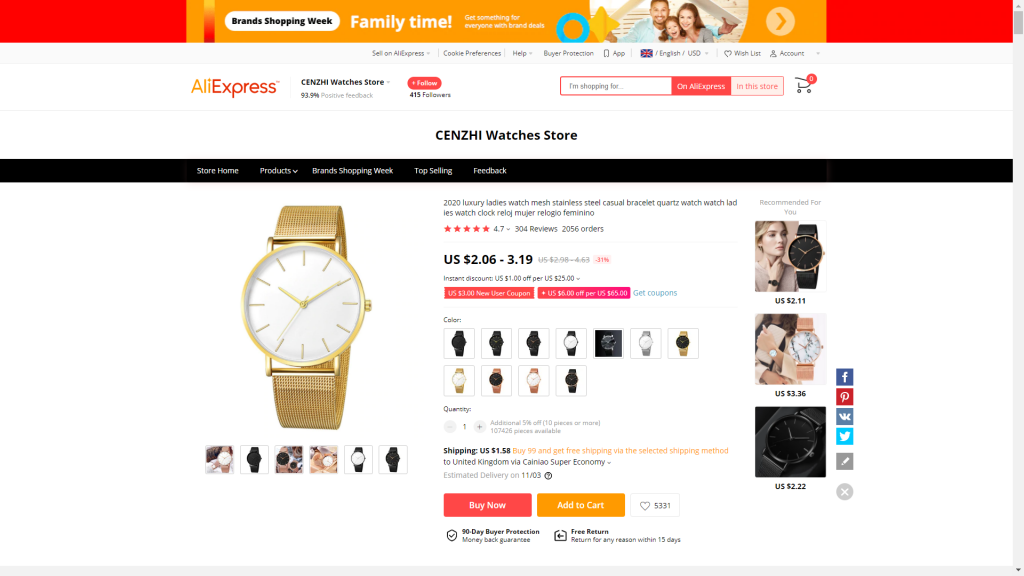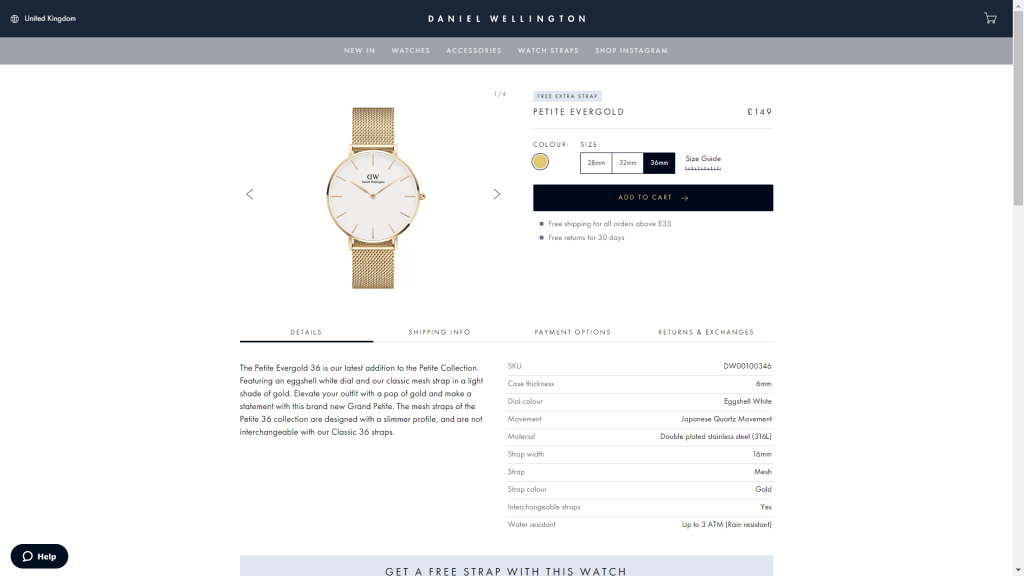
What Have Fashion Watches Done to the Watch Industry?
Are fashion watches introducing quality timepieces to a younger generation of enthusiasts, or are they ripping off the consumer and funding a copycat industry that abuses workers in emerging economies?
JOHN NICHOLS
AUGUST 28, 2020
In the past decade, traditional watchmaking has gone through a lot of changes. The single biggest thing we’ll remember from these last ten years isn’t in-house movements, the rise of the micro-brands, or silicon balance springs however. Undoubtedly, it’s the rise of fashion watches.

Starting with Daniel Wellington in 2011, the 2010’s saw plenty of new brands enter the fray, making watches cool again for a new generation. Alongside DW, MVMT, Vincero, The 5th and Filippo Loreti are just a few of the names that have been introduced to us over the past few years.
These brands have made a lot of noise, ignited a lot of discussion, and made a lot of money in a relatively short amount of time. You would think that this explosion in brands would be met with open arms by the watch community, however they are largely met with scorn, derision and burning hatred. Are these watches really as bad as the enthusiasts say, or have they earned a long-term place in the watch industry?
What is a Fashion Watch?
Like any good ol’ fashioned debate, let’s define what a fashion watch is. Whilst the term doesn’t have a formal definition, they were originally defined as a watch made by a brand that doesn’t make most of its profits from watches. Think Gucci, Michael Kors and Armani – their watches are focused on design, with cheap, generic movements and low-quality materials, sold at a premium due to the brand name on the dial.
When these new brands, such as Daniel Wellington, hit the market, their watches eschewed many of the same characteristics of the fashion watches of the big-name brands, hence enthusiasts expanded the scope of the definition to fit in these new arrivals.
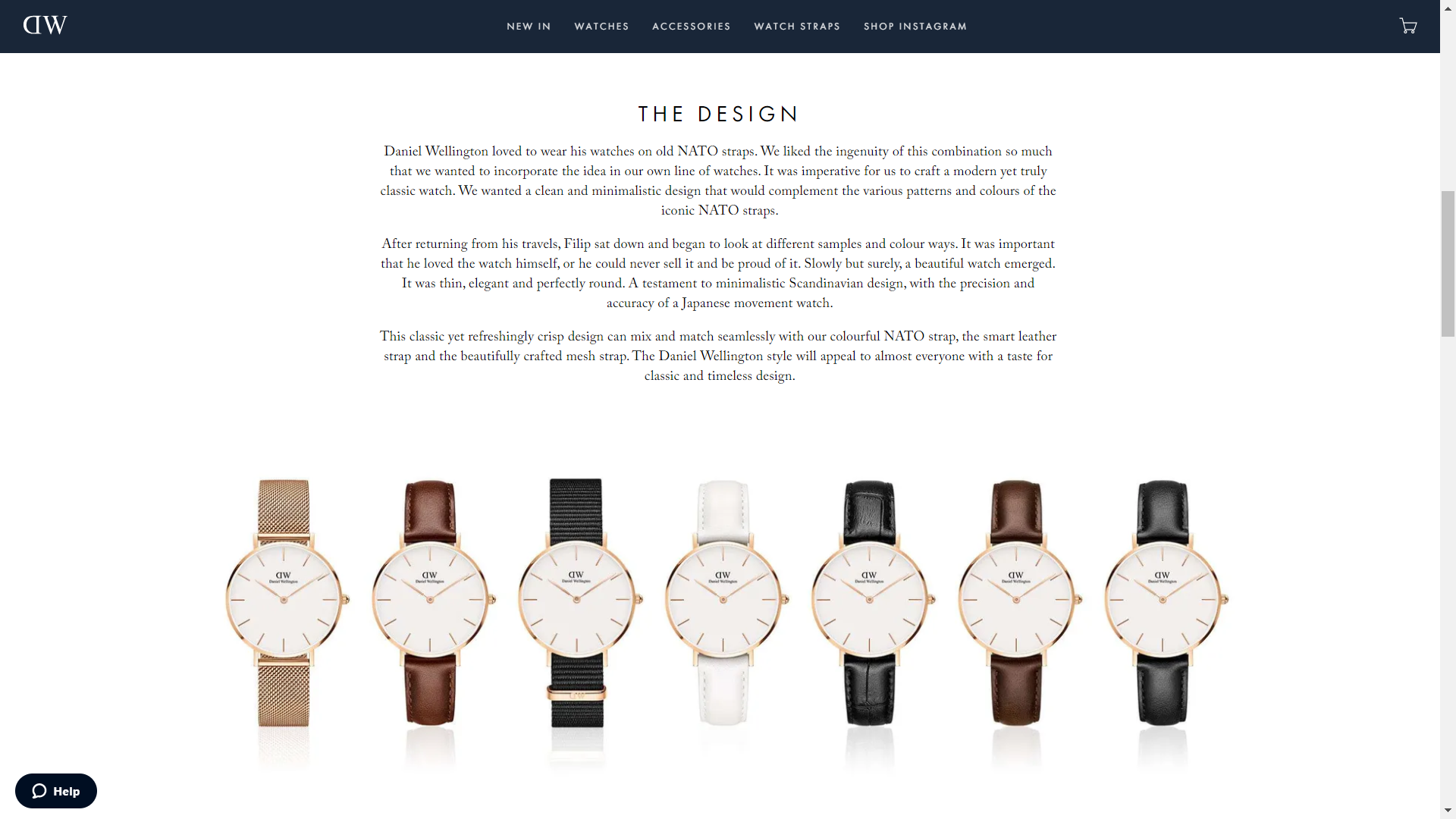
Today, when someone says “fashion watch”, they typically mean a minimalist, quartz timepiece, produced using low-quality materials, sub-par techniques and a lack of quality control, sold almost exclusively online at many, many times the cost of production.
How are they made?
Rather than designing and manufacturing these timepieces in-house, many of these new brands simply take a watch design from AliExpress, contact the factory to print their own logo on the dial, and place a bulk order.
Features such as the use of 316L stainless steel and Miyota quartz movements – both inexpensive and not all that impressive – are dressed up as “double plated stainless steel” and “Japanese quartz”, alluding to a high value that simply doesn’t exist.
A quick search of AliExpress brings up a watch that bears a striking resemblance to a DW piece. Rounding up to the highest non-discount price, the AliExpress piece costs $5. Taking into consideration the cost of printing the logo on the dial and packaging, but also a reduction in price per unit achieved through the bulk orders that fashion brands such as DW are putting in, let’s be generous and say that this brings the price up to $10 per watch.
Looking at the DW website, this watch is sold at as-near-as-makes-no-difference $200 – ten times the cost. Aside from typical business costs such as staff, rent & other overheads, marketing certainly accounts for some of this margin, but I would not at all be surprised if fashion brands were making in excess of $100 in pure profit per watch.

Furthermore, in contrast to the exceptionally high welfare standards of the Swiss watch manufacturers, it’s a widely-known fact that factory workers in China, where the majority of fashion watches are manufactured, are subject to poor, sub-standard conditions. Whilst China Labor Watch, a leading not-for-profit shining a light on worker conditions in China, doesn’t have any watch factory specific reports, they paint a bleak, but very real, image of the conditions in which these goods are produced.
This is not to say that all Chinese-made watches are poor – there are some fantastic examples from Dan Henry, Seagull and Atelier Wen, however the approach taken by the new-age fashion watch brands is to produce an OK-looking timepiece for as cheap as possible, and it just so happens that China is the country where this is easiest to attain, and simplest to scale up.
How have they marketed themselves?
The keys to success of these fashion watch brands are twofold. One, they’ve followed the trend of minimalist, Bauhaus-inspired design (which, as a benefit to them, is both easier to source and cheaper to purchase), and two, they’ve mastered marketing to a younger audience.
Their target market, 18-25yr olds, have likely only experienced watches through them being on the wrists of older family members, leaning into the “a watch makes you more grown up” train of thought. There’s also a soft-spot for retro in this audience, with vinyl, film cameras and vintage clothing all experiencing a revival in this age group, with watches seemingly now joining this trio.
The two leading platforms used for promotion, by quite some margin, are YouTube and Instagram.
YouTube
On the YouTube side, let’s look at Filippo Loreti – a fashion watch brand founded in 2015 famous for their multiple highly-successful Kickstarter campaigns, and now for their widespread YouTube video ads.

These ads, highly-produced and very enticing, would have you believe that they are a small team with years of high-watchmaking experience, using top-quality materials to create quality timepieces in-house, and that by selling directly to the consumer, without all the “middlemen” such as retail stores marking up the price, they can sell equally as good watches for a fraction of the price.
In reality, they are the middlemen. Their watches are made in China using sub-par materials and movements – a far cry from the flamboyant Italian vibe they would have you believe. In terms of the sale price compared to the cost of production, you’re getting a far worse deal. With the cheapest watch at the time of writing being £129, you’re likely to be purchasing a watch with a 10x mark-up – ironic considering this is exactly what their marketing decrees they are doing the opposite of.
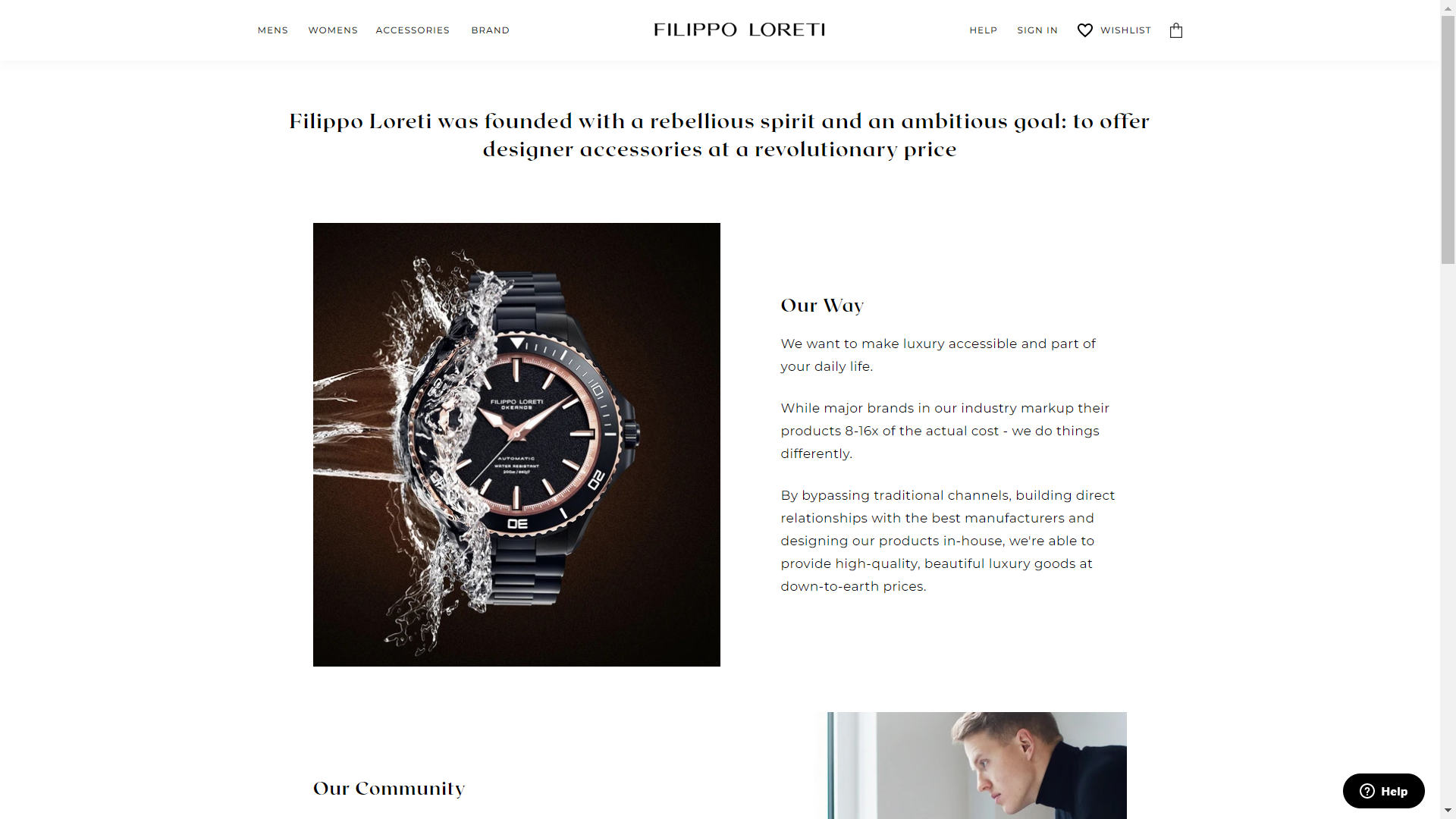
Filippo Loreti’s advertising focus on buzzwords and wild claims, such as describing their pricing as “revolutionary”, and that purchasing one of their watches means you are “joining the biggest movement in luxury watch history”. They also falsely imply that Italy is the mecca of watchmaking (in reality, Bvlgari and Panerai are the only two large brands in the country), and that their watches are akin to purchasing a “$10,000 timepiece starting at just $149”.

Alongside video adverts, these brands invest heavily into influencer marketing – paying people with large online followings to promote their products. Two of the leading men’s fashion channels, Real Men Real Style and Alpha M, both went through phases of promoting fashion watch brands on a regular basis, with the latter putting out a now infamous video on why, in his likely highly-paid opinion, MVMT is better than Rolex, which was rightfully ridiculed by the community, and led to a painful defence of his actions in an interview with Teddy Baldassarre, a leading figure in the online watch community.
On the Instagram side, influencer marketing is widespread. Rather than focusing on niche fashion-focused pages however, they’ve gone straight for Instagram’s biggest accounts. Celebrities such as Kylie Jenner, Kendall Jenner and Lily Aldridge have all done paid posts for fashion watch brands, with Daniel Wellington leading the charge.
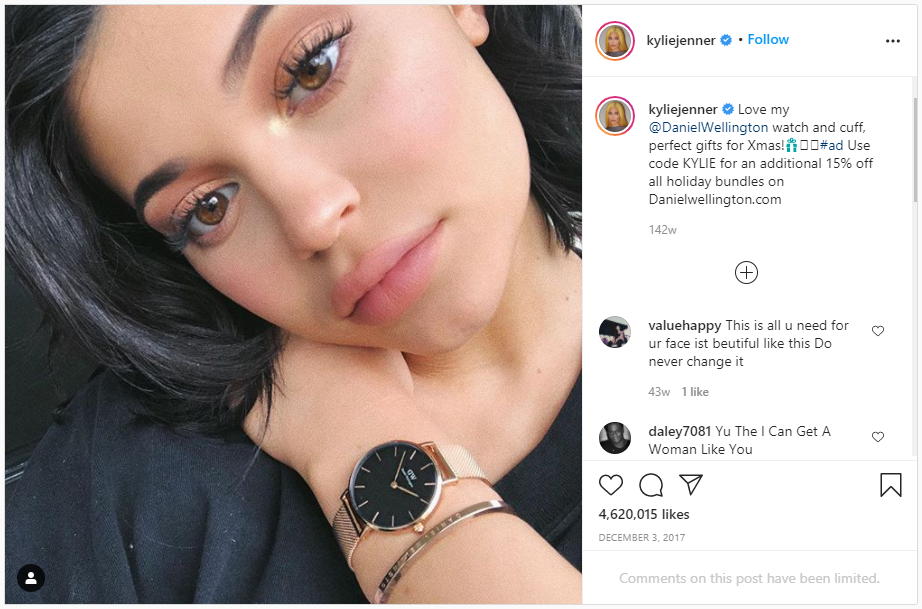
DW were the first fashion watch brand to really utilise the power of influencer marketing, back when even social media’s leading stars struggled to accurately price themselves, making these hugely cost-effective and lucrative marketing avenues for the brand.
The marketing of fashion watch brands as a whole relies on the target customer having little pre-existing knowledge of watches beforehand, meaning they can craft this story of the watch industry being old-fashioned and behind the times with little repercussion.
The poor online presence of many of the traditional brands only serves to assist the fashion brands, as it’s not exactly easy to buy an entry-level watch such as a Seiko or Citizen online, let alone a more expensive piece. Fashion watches, meanwhile, are incredibly accessible – just about any fashion watch can be purchased online and arrive at your door in a matter of days.

The traditional brands were caught on the back-foot my the willingness of the fashion brands to go all-in on digital channels, but they are slowly starting to catch up. Tissot have been pouring a lot of money into video advertising on YouTube, whilst online platforms such as the HODINKEE Shop are becoming an Authorised Dealer for an increasingly wide number of traditional brands.
Despite this, if you want to purchase a quality watch online, the likelihood is that you’ll be heading for the grey market, through sites such as Creation Watches, or purchasing pre-owned pieces via Watchfinder, Watchbox, eBay or another such platform, as the traditional brands simply don’t have the e-commerce capabilities that are now commonplace in other industries, and which the fashion watch brands have utilised so effectively.
I have a friend who isn’t a watch person, but who wears a DW proudly every so often, with customary Instagram posts to boot. They received it as a gift from an older relative who saw an influencer promoting the piece on social media, and thought it would make a nice birthday present. This is a living case study into how effective the use of influencers is for these brands – without them utilising these channels, it’s highly unlikely that my friend would have ever ended up with a fashion watch on their wrist.
What impact have they had on the industry?
This may be a controversial opinion, but I don’t believe that fashion watches have had a purely negative effect on the industry as a whole.
Their marketing prowess has forced the established brands to modernise and diversify their promotional activity, and whilst print media and sponsorships are still the leading channels, well-regarded manufacturers are increasingly looking at digital options such social media, influencers and online releases, brought forward by the COVID-19 pandemic.
Reports suggest that through til 2024, the watch industry as a whole is predicted to grow by 7% per year, with fashion watches being the biggest driver for this growth. This report also advises that in order for traditional brands to defend their market positions against this explosive growth in the digital space, they will need to start investing into their online presence, whilst maintaining their brand presence on the high street. The modernisation of the traditional brands can only make them more accessible, approachable and consumer-friendly in future.
Watches & Wonders 2020 is a shining example as to just how big of an impact the fashion brands have had on the industry – so much so that even the lofty heights of haute horologie are changing. If these newcomers hadn’t made digital platforms a new avenue with which customers are expected to be able to interact with the brands, do you think we would be seeing brands such as A Lange & Sohne, Jaeger-LeCoultre and Vacheron Constantin, three maisons at the pinnacle of fine watchmaking, holding a purely digital exhibition in the wake of the cancellation of the physical show in Geneva?
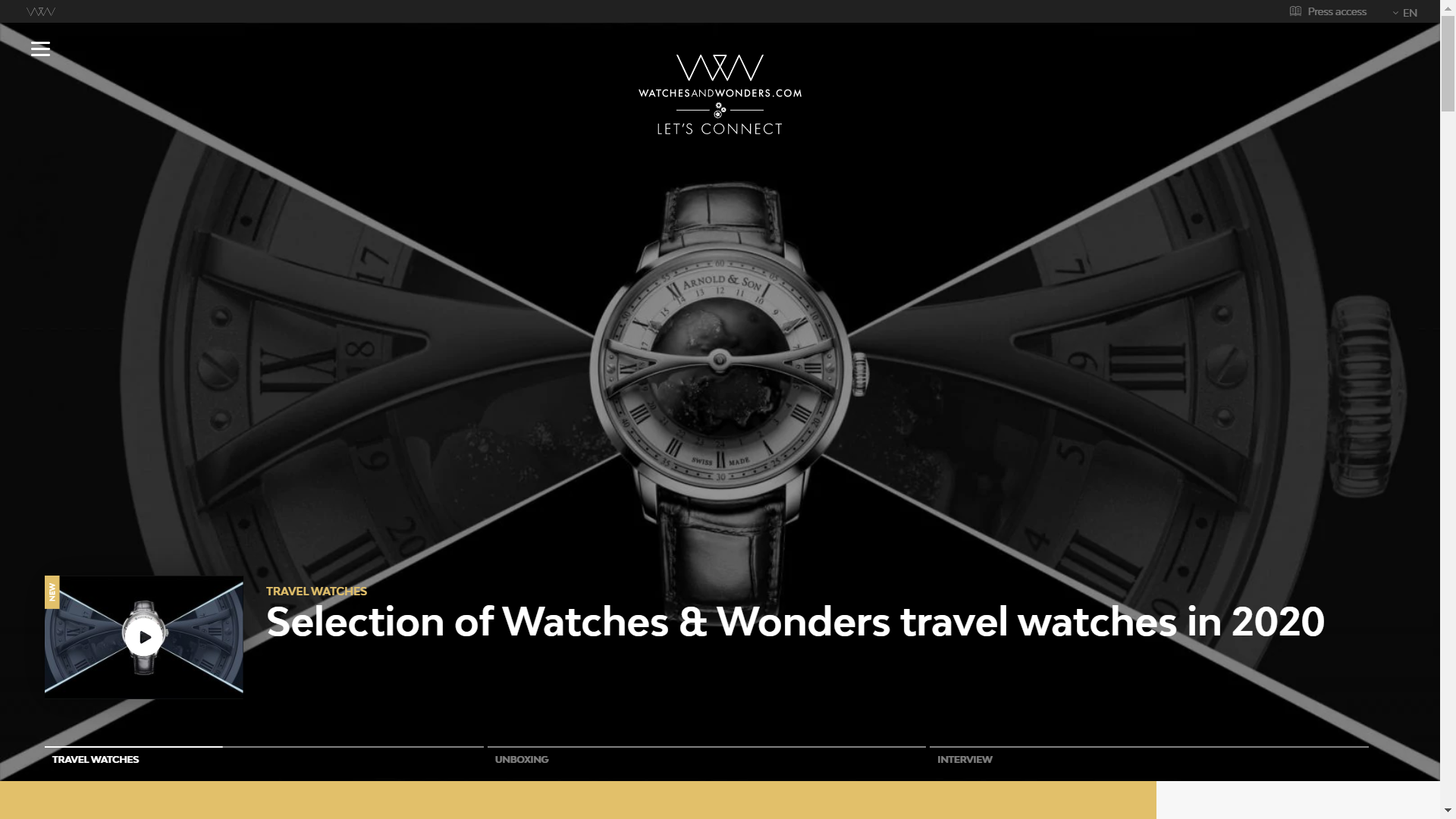
On the flipside, fashion watch brands are intentionally gaining revenue through misleading their customers. In one of my first blog posts on this site, I explained how I almost pulled the trigger on a Vincero as my first watch purchase, before I (thankfully) did some further research.
18 years old and with a newly-found interest in watches, I binge-watched YouTube videos to develop my base knowledge. One of these channels, Real Men Real Style, featured regular fashion watch advertisements at the time, and I had gotten hooked on the idea of a Vincero before some more informative, knowledge-focused channels (The Urban Gentry in particular) taught me the differences between them and the established names.
The backlash against fashion watches and their aggressive marketing has led to many enthusiasts actively using their platforms to advocate against them. Numerous watch bloggers (example 1, 2 and 3) and YouTubers (again; 1, 2 and 3) have united in leading an anti fashion watch crusade. It’s difficult to search for any fashion watch brand online without being recommended an article or video on why you shouldn’t buy from them, and had this anti-fashion watch crusade not taken place, it’s likely I would have purchased a Vincero and been none the wiser to what I was actually buying.
Are fashion watches bringing in new long-term customers?
This is a difficult question to accurately answer, but one of the leading arguments used by those in favour of fashion watch brands. Of course, there’s bound to be some people who started with a fashion watch before moving on to “real” watches, but assessing to what extent this is the case is an almost impossible task.
I couldn’t find any reports on this speculative link (although do let me know if there are!), but it wouldn’t be amiss to assume that if fashion watches are currently the main factor driving industry growth, the amount of people that initially purchase a fashion watch before moving on to established pieces cannot be insignificant.
Strangley, I see more people heading towards Casio’s than these fashion watch brands. Gold-plated Casio’s have become somewhat of a trend – you see many more of them on the street than you do fashion watches, particularly in the 16-21 age bracket. These Casio’s have that retro-cool factor that appeals to this younger audience; they’re digital, they have a gold-plated case and bracelet, and they’re much cheaper than the fashion watches trying so hard to get a share of their hard-earned money.
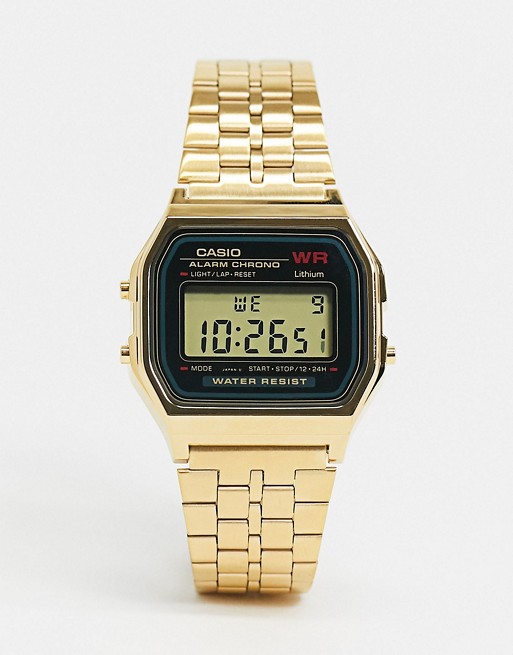
Even though most fashion watches sit around the $150-$200 mark, that’s still a lot of money to someone who is likely buying their very first watch, and when there’s a relatively decent-looking gold Casio you can pick up for less than $50, it seems like a no-brainer. Could it be that fashion watch marketing may even be helping the budget brands increase their sales?
Typically, the older the target market, the more knowledgeable they will be, whatever the industry. This is why targeting the 18-25 market works so well for the fashion watch brands – with their limited knowledge (and interest) in watches and how they work, it’s easier to influence them into making a purchase. If this customer were to find out later on that what they purchased isn’t all it was cracked up to be however, the sting may harm their likelihood of buying watches in future.
Amongst the friends and colleagues I know that own fashion watches, many of them are my age or younger, with the majority receiving them as gifts from parents, friends and partners. I suspect that a higher percentage of fashion watches are purchased as gifts than traditional watches. Although it’s somewhat of a cliche to gift someone a Rolex for a special occasion such as an engagement or wedding, the lower-price point of the fashion watches makes them ideal gifts for regular occasions, such as birthdays, festive periods and the like.

Despite the impact of fashion watches over the past decade, another newcomer to the watch industry may have had a similar, perhaps even larger, impact on the industry as a whole. Smartwatches, in particular the Apple Watch, turned watches from a ageing horological marvel to a bang-up-to-date piece of technology, and there’s no doubt that their growth has put more eyes on the wider industry.
The global smartwatch industry is currently predicated to be valued at around $23bil, and as of H1 2020, Apple now have a staggering 51.4% market share – the Series 5 becoming the #1 selling smartwatch of all-time playing a large part in this. Current predictions estimate this sector to grow by almost 20% per year, reaching $100bil by 2027.
Whether buying a fashion watch or an smart watch, I believe that, in most cases, the majority of these customers have little interest in expanding their horizons beyond the single piece they have purchased. However, I do believe that it’s more likely that someone who has bought a fashion watch will buy another fashion watch, whilst someone with an Apple Watch is more likely to buy from an established brand, as this customer likely values the same traits that led them to the Apple Watch in the first place – craftsmanship, technological prowess, and a fondness for quality goods.
FInal Thoughts
Let’s answer the original question; what have fashion watches done for the industry?
Do you like the fact that they’re getting a new generation of people interested in watches, and shifting the industry away from a reliance on print ads, boutiques and Authorised Dealers to a digital, e-commerce led future? You’ll be in favour.
Do you dislike the fact that this increasingly growing segment of the industry is utilising cheap labour, misleading the customer and selling pieces at ten times their cost? You’ll be against.
Without a shadow of a doubt, they’ve had made a gigantic impact in a relatively short amount of time, but whether you view their contributions as positive or negative is down to personal choice. The reality, as with most things, is that it isn’t so black and white. There’s a halfway house somewhere between the two camps in which fashion watches sit, with the line defined by you and you alone.
Personally, I find it difficult to be too far adrift of the centre point between these two polar-opposite camps. Fashion watches are simply dreadful value proposition, and are produced in terrible conditions (which cannot be overstated), but the teams behind these brands are marketing geniuses that have kick-started seismic change in the industry. Digital media, platforms and e-commerce are finally being incorporated into the plans of the traditional brands, and this modernisation can only lead to a brighter future for watches as a whole.
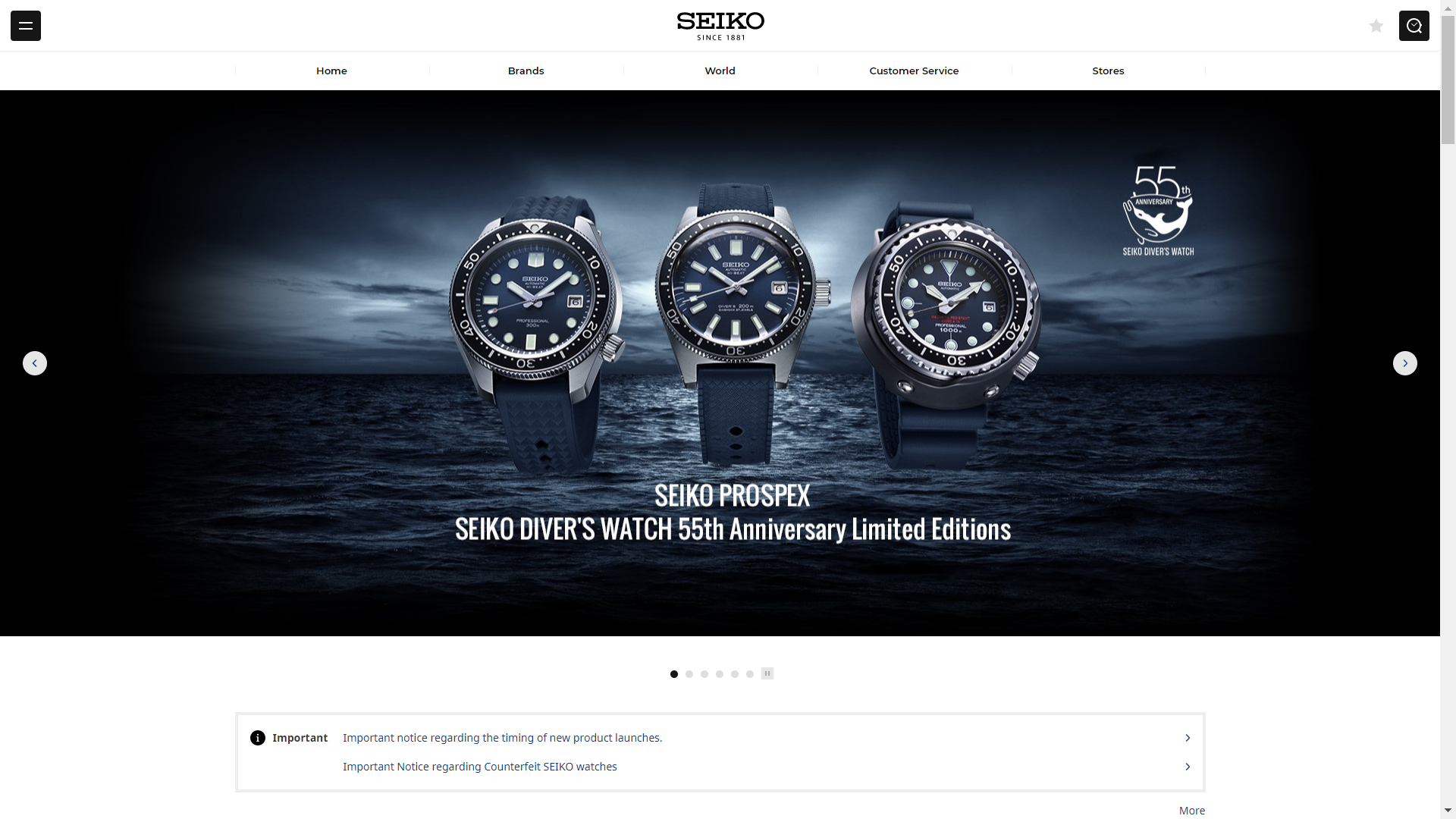
If you’re looking for a great quality, value-for-money watch for the same money or less, don’t buy a fashion watch. There’s plenty of traditional brands out there that fit the bill – no matter what the fashion watch brands would rather you believed. Seiko, Citizen, Timex, Swatch – whatever style of watch you like, there’s fantastic, high-quality options out there at an equal or lower price than what the fashion brands are offering.
The 2010s were the decade of the fashion watch, but what will the next decade bring for the industry? It wouldn’t be a bad call at this stage to predict that the 2020s will be the decade of the smartwatch. Technology, both within mechanical watches and smartwatches, continues to grow ever more, and I cannot wait to see what the next 10 years will bring to watchmaking!
Published August 28, 2020.
